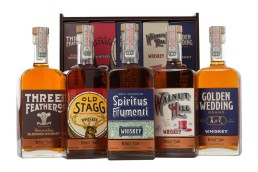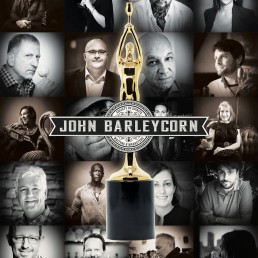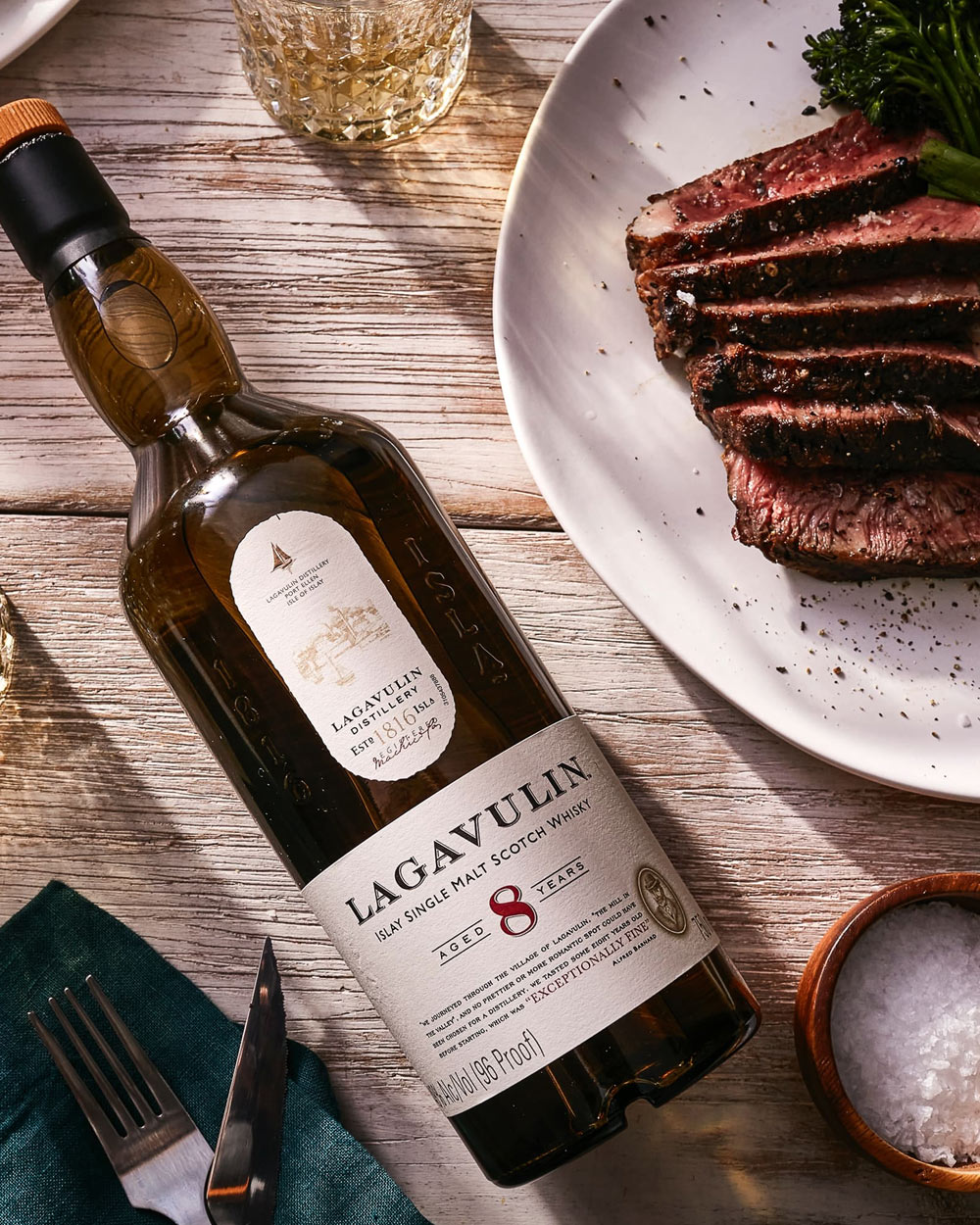Well-healed Buffalo Trace hunters have reason to lick chops.
Today, the Frankfort, Kentucky-based distillery drops its first Prohibition Collection, an ongoing limited edition annual release designed to recreate brands produced during the prohibition period of 1920 through 1933 by the George T. Stagg Distillery (todays Buffalo Trace). The five long-lost brands in this home bar enhancing wooden box set include Old Stagg, Golden Wedding, Three Feathers, Walnut Hill, and George T. Stagg Spiritus Frumenti. Each is a .375 liter “half” bottle, and the retail price of this collection is $1,000. Here is a quick breakdown of the whiskeys.
“Each of these brands disappeared slowly in the years after Prohibition, but they were integral to our survival. Without them, today, there would be no Buffalo Trace, Eagle Rare, or Weller bourbons. The Prohibition Collection is a tribute to these great whiskeys from our past.”
— Harlen Wheatley, Buffalo Trace Master Distiller
Old Stagg
Old Stagg was the flagship whiskey of the George T. Stagg (now Buffalo Trace) distillery during Prohibition. Today, Stagg and George T. Stagg from the Buffalo Trace Antique collection are bourbons, but this Old Stagg is marked “whiskey,” as it was in the days of yore. But like today’s Stagg brands, this recreation is bottled barrel-proof (66.2% ABV) and non-chill filtered.
How Does It Taste?
Buffalo Trace tasting notes report an oak and vanilla forward nose leading to a sweet palate balanced with leather and dark cherry notes, concluding with a vanilla finish.
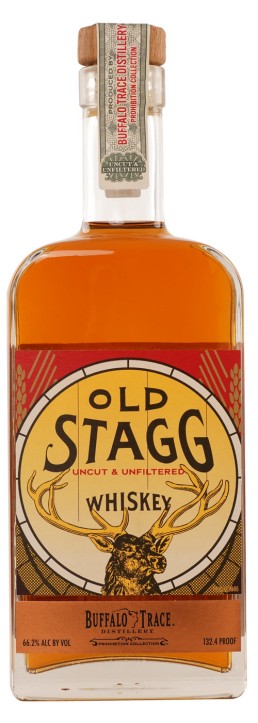
Golden Wedding Rye Whiskey
Golden Wedding was a Pennsylvania rye produced by Schenley Distilling in 1869 at the Joseph S. Finch Distillery. The brand moved part of its production to the George T. Stagg distillery during Prohibition. It eventually moved North and was rebranded as a Canadian whiskey until it ceased production in the ’90s. This rye expression is obviously a throwback to the prohibition days, bottled at a robust 107 proof.
How Does It Taste?
A rye spice-dominant nose leads to a grainy, herbal palate flecked with dill pickle. The finish is spicy and smokey with a subtle banana note.
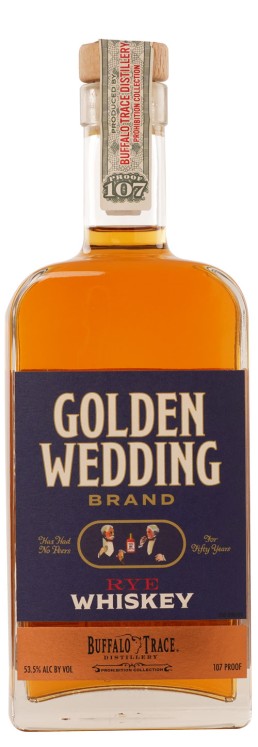
Three Feathers
Three Feathers was introduced over 200 years ago as a luxury rye before becoming a bonded-in-bond blended whiskey in the early 20th century. Here, Buffalo Trace Master Blender Drew Mayville resurrects the blended and bonded-in-bond version.
How Does It Taste?
Expect vanilla and charred oak aromas followed by a fruit-forward, smokey, and caramel palate capped by a slight cocoa finish.
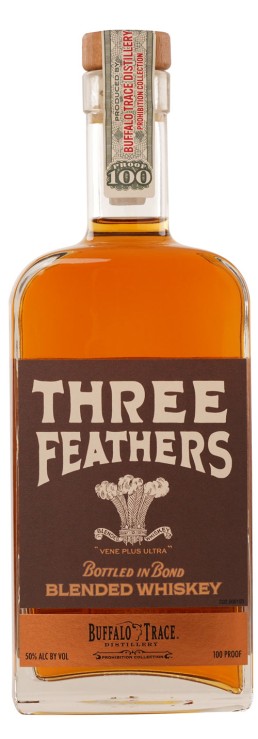
Walnut Hill Bourbon
Walnut Hill was bottled at George T. Stagg Distillery during Prohibition, whose production was overseen by then president Albert Blanton, for whom Blanton’s Single Barrel Bourbon is named. What’s in the bottle is a high rye bourbon bottled at a classic 90-proof.
How Does It Taste?
Citrus aromas mingle with corn and oak. Flavors include molasses, stone fruit, and vanilla, capped by a smokey, oaky finish.

George T. Stagg Distillery Spiritus Frumenti
Spiritus Frumenti is Latin for “Spirit of the Grain,” a common term used for medicinal whiskey during Prohibition. This wheated bourbon expression bottled at 55% ABV is in homage to the “Spiritus Frumenti” produced at George T. Stagg, whose medicinal superpowers were responsible for “curing” people throughout the land.
How Does It Taste?
Caramelized brown sugar aromas lead to fruity and floral flavors with cherry and oak. Wheat appears on the finish, along with vanilla and citrus fruit.
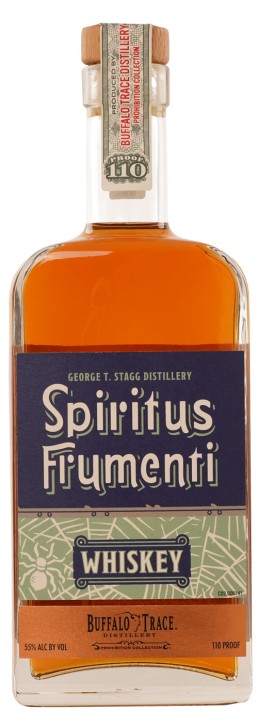
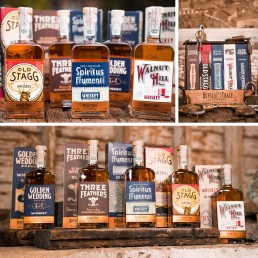
Spirits writers, marketers and designers are among the most influential forces in the spirits industry. Their opinions, ideas and creative talents inform and influence consumer perceptions and buying decisions. The John Barleycorn Society was started by a group of spirits journalists seeking to honor excellence in all facets of the industry. The journalists spent several years creating a comprehensive competition that became the John Barleycorn Awards. An elite team of authoritative and influential spirits journalists was selected to administer the flagship component of the Awards, a blind tasting competition destined to become the preeminent arbitrator of spirits taste, quality and character.
